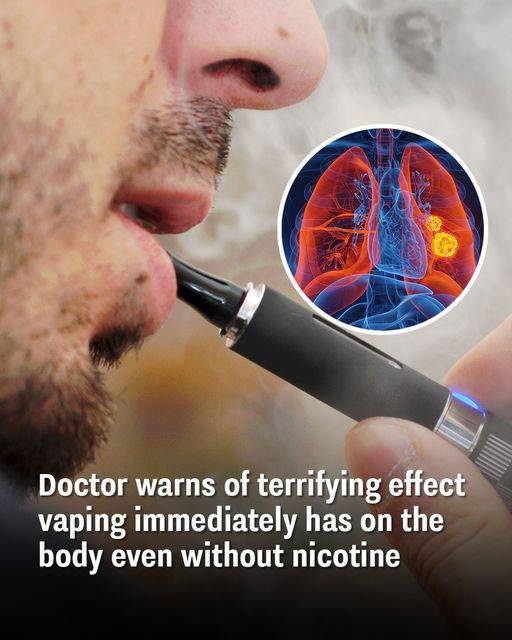Many believe vapes are less harmful than cigarettes but it’s not necessarily the case.. 😲
A study by the University of Pennsylvania, published in Medical and Life Sciences, examined how smoking and vaping affect the vascular system, which transports oxygen and nutrients while removing waste. Disruptions in this system can lead to serious health issues.
The research involved 31 healthy participants (smokers, vapers, and non-users). MRI scans before and after using nicotine-containing e-cigarettes, nicotine-free e-cigarettes, and traditional cigarettes revealed that all devices significantly reduced blood flow in the femoral artery and oxygen saturation in veins. Nicotine-free e-cigarettes caused almost as much damage as nicotine-containing ones, highlighting that vaping, with or without nicotine, disrupts oxygen delivery and harms vascular health.
Lead researcher Dr. Marianna Nabbout stressed that even short-term vaping affects arteries and could lead to vascular disease. Beyond vascular damage, vaping introduces harmful chemicals like formaldehyde and heavy metals, which can cause lung and neurological damage. Severe cases have been linked to EVALI (e-cigarette or vaping-associated lung injury), a potentially fatal condition.
The good news is the body can heal. Quitting vaping improves blood circulation within days and restores lung function over weeks or months. While nicotine withdrawal can be tough, the benefits—better cardiovascular health, improved lung capacity, and more energy—are worth the effort.
In short, vaping is not risk-free, even without nicotine. Quitting is the best decision for your health, and it’s never too late to start healing.







Post Comment